Home>Home Appliances>Cleaning Appliances>Where Should I Dump Dirty Mop Water
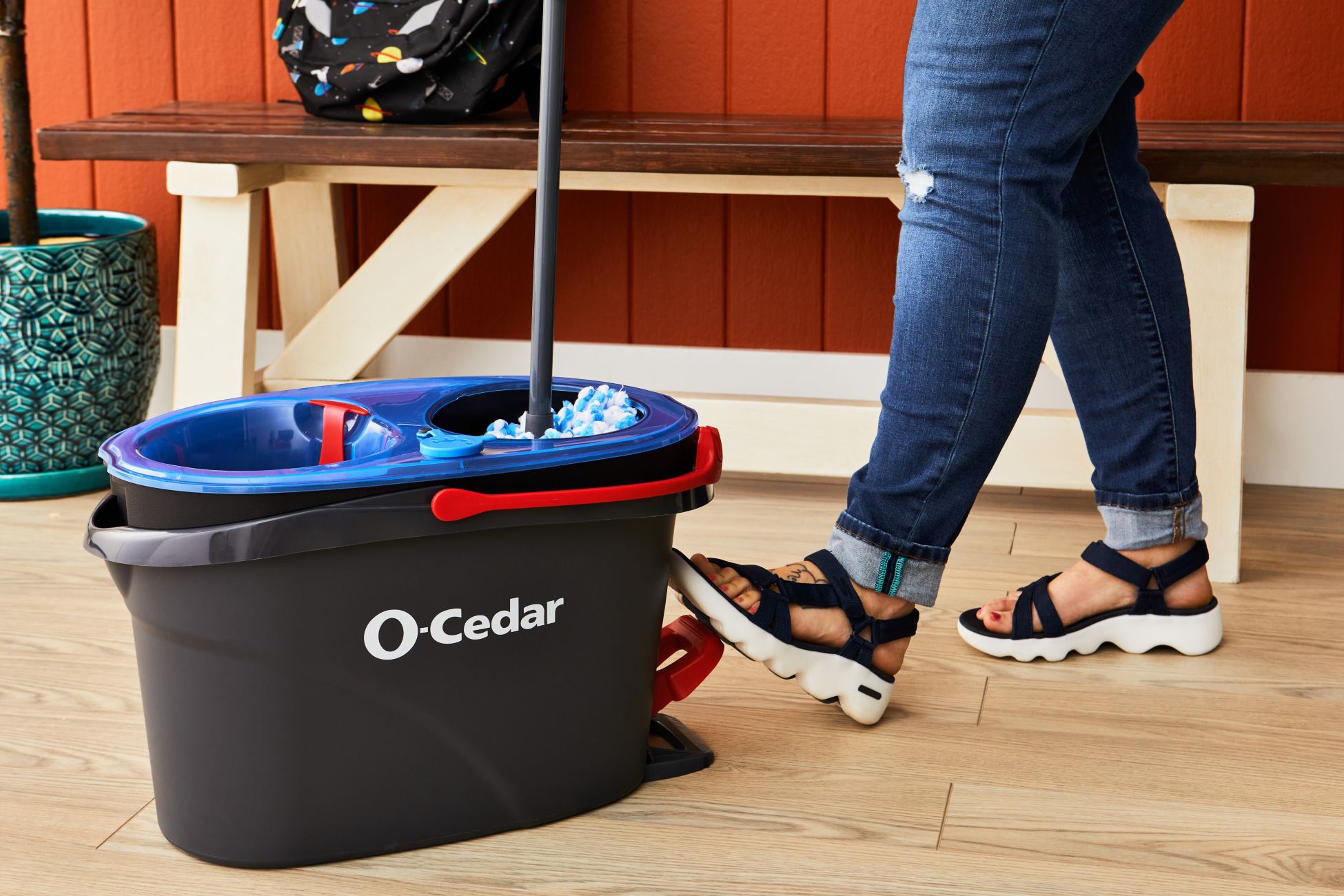

Cleaning Appliances
Where Should I Dump Dirty Mop Water
Modified: January 9, 2024
Discover the best ways to dispose of dirty mop water and keep your cleaning appliances in top condition. Learn the proper methods for disposing of dirty water.
(Many of the links in this article redirect to a specific reviewed product. Your purchase of these products through affiliate links helps to generate commission for Storables.com, at no extra cost. Learn more)
Introduction
Read more: Where Can I Dump Landscaping Waste
The Importance of Properly Disposing Dirty Mop Water
Keeping our homes clean and hygienic is a top priority for many of us. However, when it comes to cleaning our floors, we often overlook the proper disposal of dirty mop water. The way we dispose of this water can have a significant impact on the cleanliness of our homes and the environment. In this article, we will explore the best practices for dumping dirty mop water and discuss the various options available to ensure that your cleaning routine is both effective and environmentally responsible.
Dirty mop water can contain a variety of contaminants, including dirt, dust, bacteria, and cleaning chemicals. Improper disposal of this water can lead to the spread of germs and pollutants, posing health risks to you and your family. Additionally, dumping dirty mop water down the drain can contribute to water pollution, harming aquatic ecosystems and compromising water quality.
By understanding the importance of proper disposal methods and adopting best practices, you can contribute to a cleaner environment while maintaining a hygienic living space. Let’s delve into the dilemma of dirty mop water and explore the options and best practices for its proper disposal.
Key Takeaways:
- Properly disposing of dirty mop water is crucial for a clean home and a healthy environment. Consider options like indoor drain disposal, outdoor absorption, or professional services to minimize environmental impact.
- Adopt best practices for dumping dirty mop water, such as dilution, neutralization, and compliance with local regulations. By prioritizing responsible disposal methods, we can maintain cleanliness while safeguarding our surroundings.
The Dilemma of Dirty Mop Water
When it comes to cleaning our floors, we often focus on using the right tools and cleaning agents to achieve spotless surfaces. However, the issue of what to do with the dirty mop water is frequently overlooked. This oversight can lead to a range of problems that affect both our immediate environment and the wider ecosystem.
One of the primary concerns associated with dirty mop water is the presence of contaminants. As we clean our floors, the mop water becomes laden with dirt, dust, grime, and potentially harmful bacteria. If this water is not disposed of properly, these contaminants can find their way back onto our floors, undoing the cleaning work we’ve just completed. Moreover, if the water is emptied onto the ground outside, it can contribute to soil pollution, potentially harming plants and wildlife in the area.
Another pressing issue is the impact of dirty mop water on indoor air quality. When mop water is left to stagnate in a bucket or mop sink, it can emit unpleasant odors and promote the growth of mold and bacteria. This can compromise the air quality in our homes, leading to respiratory issues and other health concerns.
Furthermore, the improper disposal of dirty mop water can have detrimental effects on the environment. If dumped into storm drains or natural water bodies, the contaminants in the water can pollute aquatic ecosystems, posing risks to fish and other aquatic life. Additionally, the chemicals present in cleaning agents may further contribute to water pollution, disrupting the balance of delicate ecosystems.
Understanding the potential repercussions of haphazardly discarding dirty mop water is crucial in addressing this dilemma. By exploring the various options for disposing of dirty mop water and adopting best practices, we can mitigate these concerns and ensure that our cleaning efforts contribute to a healthier indoor environment and a cleaner planet.
Options for Disposing of Dirty Mop Water
When it comes to disposing of dirty mop water, several options are available, each with its own considerations and potential impact on the environment. It’s essential to weigh these options carefully to make an informed decision that aligns with both cleanliness and environmental responsibility.
1. Indoor Drain Disposal: One common method of disposing of dirty mop water is pouring it down an indoor drain, such as a sink or toilet. While this may seem convenient, it’s important to consider the potential impact on plumbing and wastewater treatment systems. The presence of dirt, debris, and cleaning chemicals in the water can lead to clogs and may affect the efficiency of wastewater treatment processes.
2. Outdoor Drainage: Some individuals opt to empty dirty mop water onto outdoor surfaces, such as driveways, sidewalks, or garden areas. However, this practice can contribute to soil pollution and may introduce contaminants into the local ecosystem. It’s crucial to avoid draining mop water directly into storm drains, as this can lead to water pollution and harm aquatic life.
3. Toilet Disposal: Pouring dirty mop water into the toilet is another disposal method chosen by some homeowners. While this may be a convenient way to eliminate the water, it’s important to be mindful of the potential impact on septic systems and municipal wastewater treatment facilities. The presence of debris and chemicals in the water can affect the treatment process and may lead to environmental contamination.
4. Outdoor Absorption: Instead of draining dirty mop water onto impervious surfaces, consider allowing it to be absorbed by soil or vegetation in outdoor areas. This approach can minimize the risk of surface water pollution and may contribute to the natural filtration of contaminants by soil microorganisms.
5. Professional Disposal Services: In cases where dirty mop water contains hazardous materials or chemicals, it may be necessary to engage professional disposal services. These providers are equipped to handle and dispose of contaminated water in compliance with environmental regulations, ensuring that it is managed responsibly.
When evaluating these disposal options, it’s essential to prioritize methods that minimize the potential for environmental harm and align with local regulations and guidelines. By choosing responsible disposal practices, we can uphold cleanliness standards while safeguarding the well-being of our surroundings.
Dump dirty mop water down a floor drain or toilet to prevent clogging and avoid spreading bacteria. Avoid dumping it outside where it can harm plants and contaminate water sources.
Best Practices for Dumping Dirty Mop Water
Adopting best practices for dumping dirty mop water is crucial for maintaining a clean and environmentally conscious home. By following these guidelines, you can ensure that your cleaning routine promotes hygiene without compromising the well-being of your living environment and the broader ecosystem.
1. Proper Dilution and Neutralization: If you use cleaning agents or disinfectants in your mop water, consider diluting the water before disposal to reduce the concentration of chemicals. Additionally, neutralizing any harsh chemicals can help minimize their impact on the environment. This can be achieved by using neutralizing agents or allowing the water to stand and degrade naturally before disposal.
2. Indoor Drain Considerations: When pouring dirty mop water down indoor drains, be mindful of the potential impact on plumbing and wastewater systems. To prevent clogs and minimize the introduction of contaminants into the wastewater stream, consider using a fine mesh strainer to capture debris before the water enters the drain.
3. Outdoor Disposal Precautions: If you choose to dispose of dirty mop water outdoors, avoid draining it directly into storm drains or natural water bodies. Instead, aim to empty the water onto permeable surfaces, allowing it to be absorbed by soil and minimizing the risk of water pollution. Additionally, refrain from dumping water near sensitive plant life or in areas where it may accumulate and stagnate.
4. Regular Cleaning of Mop Equipment: Proper maintenance of mop buckets, wringers, and other cleaning equipment is essential for preventing the buildup of contaminants and foul odors. Regularly clean and disinfect these tools to ensure that they remain effective and hygienic, reducing the potential for bacterial growth and unpleasant odors in the mop water.
5. Compliance with Local Regulations: Familiarize yourself with local regulations and guidelines regarding the disposal of cleaning wastewater. Some municipalities may have specific requirements for the disposal of contaminated water, and adherence to these regulations is vital for minimizing environmental impact and promoting responsible waste management.
6. Consider Alternative Cleaning Methods: In some instances, it may be beneficial to explore alternative cleaning methods that produce less wastewater or rely on environmentally friendly cleaning agents. Microfiber mops, steam cleaning, and other innovative approaches can reduce the volume of dirty mop water generated, lessening the disposal burden.
By integrating these best practices into your cleaning routine, you can ensure that the disposal of dirty mop water aligns with environmental stewardship and contributes to a healthier living environment. Prioritizing responsible disposal methods and mindful cleaning practices enables us to uphold cleanliness standards while preserving the integrity of our surroundings.
Read more: Why Are My Floors Still Dirty After I Mop
Conclusion
Properly disposing of dirty mop water is an essential aspect of maintaining a clean and environmentally responsible home. By addressing the dilemma of dirty mop water and understanding the potential implications of improper disposal, we can adopt best practices that promote hygiene while safeguarding the well-being of our living environment and the broader ecosystem.
When considering the options for disposing of dirty mop water, it’s crucial to prioritize methods that minimize the potential for environmental harm and comply with local regulations. Whether choosing indoor drain disposal, outdoor absorption, or professional disposal services, thoughtful consideration of the impact on plumbing systems, soil, and water quality is paramount.
Furthermore, embracing best practices for dumping dirty mop water, such as proper dilution and neutralization, regular cleaning of mop equipment, and compliance with local regulations, allows us to elevate our cleaning routines to be both effective and environmentally conscious. By integrating these practices, we can mitigate the potential risks associated with contaminated water and contribute to a cleaner, healthier living environment.
Ultimately, the responsible disposal of dirty mop water is a testament to our commitment to maintaining a clean and sustainable home. By recognizing the significance of this often-overlooked aspect of cleaning, we can cultivate a mindset of environmental stewardship that extends beyond our immediate living spaces, positively impacting the world around us.
As we strive to keep our homes clean and hygienic, let us also embrace the responsibility of ensuring that our cleaning practices align with the preservation of our natural surroundings. By making informed decisions and adopting best practices for dumping dirty mop water, we can contribute to a healthier planet while enjoying the cleanliness and comfort of our homes.
Frequently Asked Questions about Where Should I Dump Dirty Mop Water
Was this page helpful?
At Storables.com, we guarantee accurate and reliable information. Our content, validated by Expert Board Contributors, is crafted following stringent Editorial Policies. We're committed to providing you with well-researched, expert-backed insights for all your informational needs.
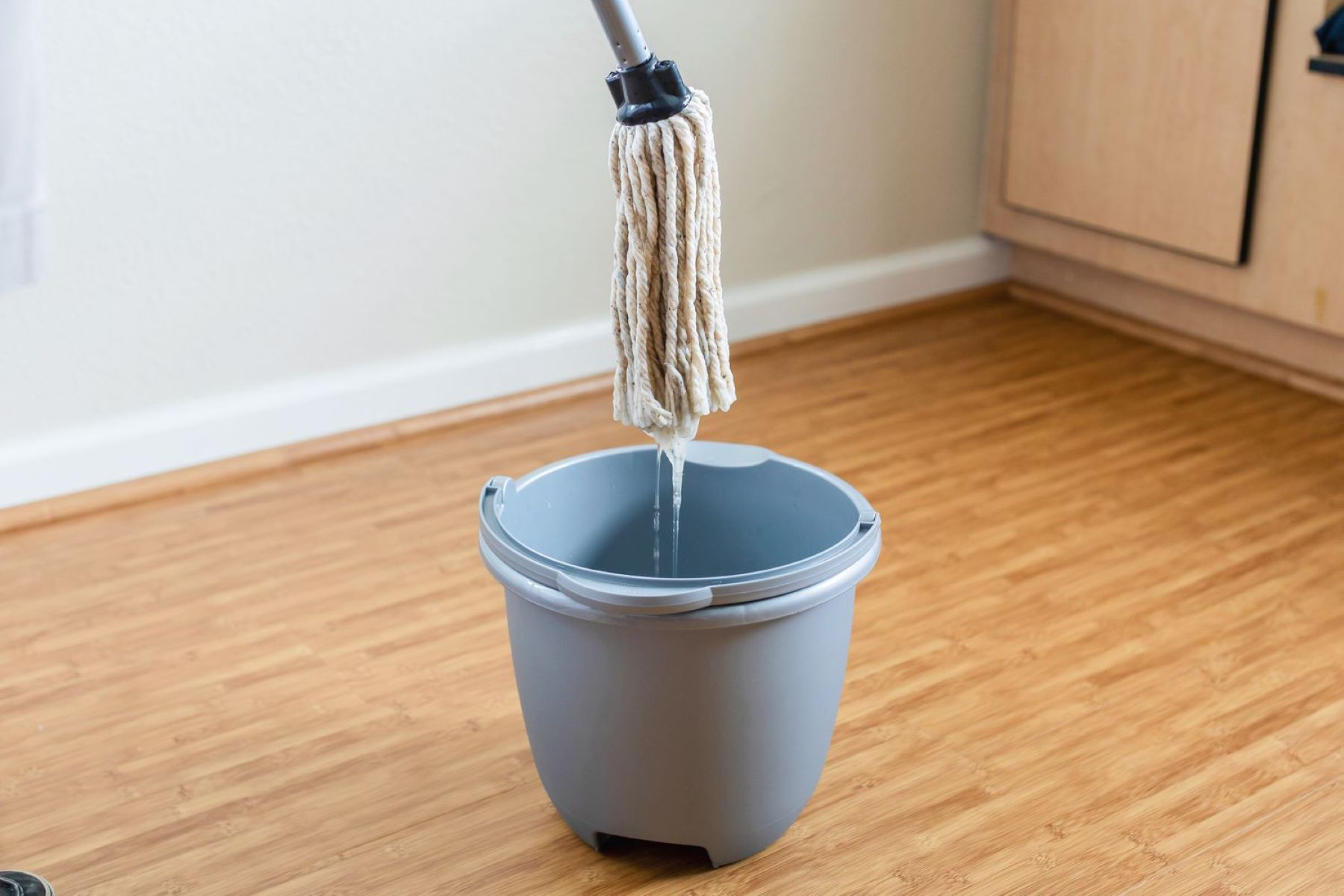
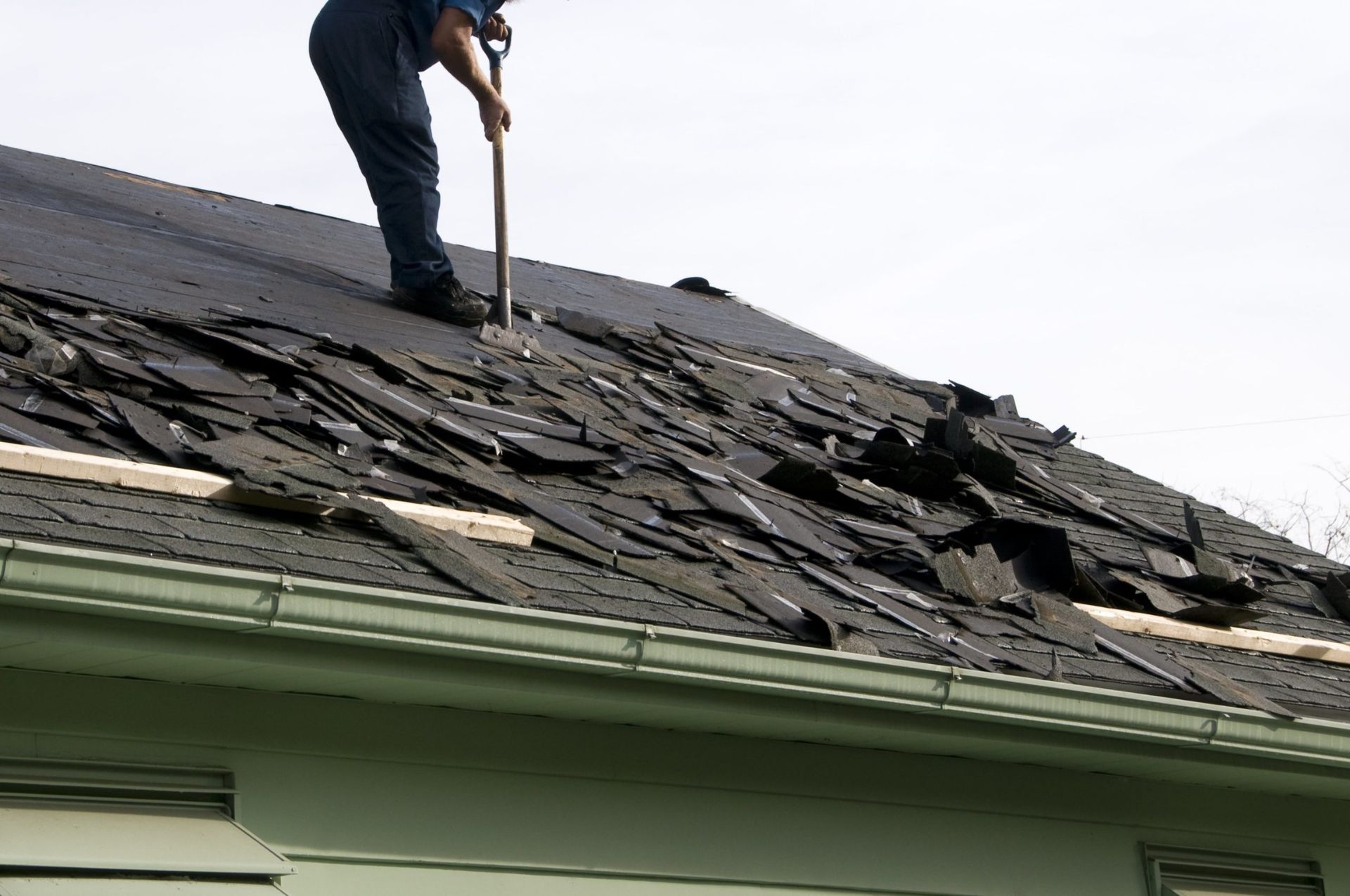
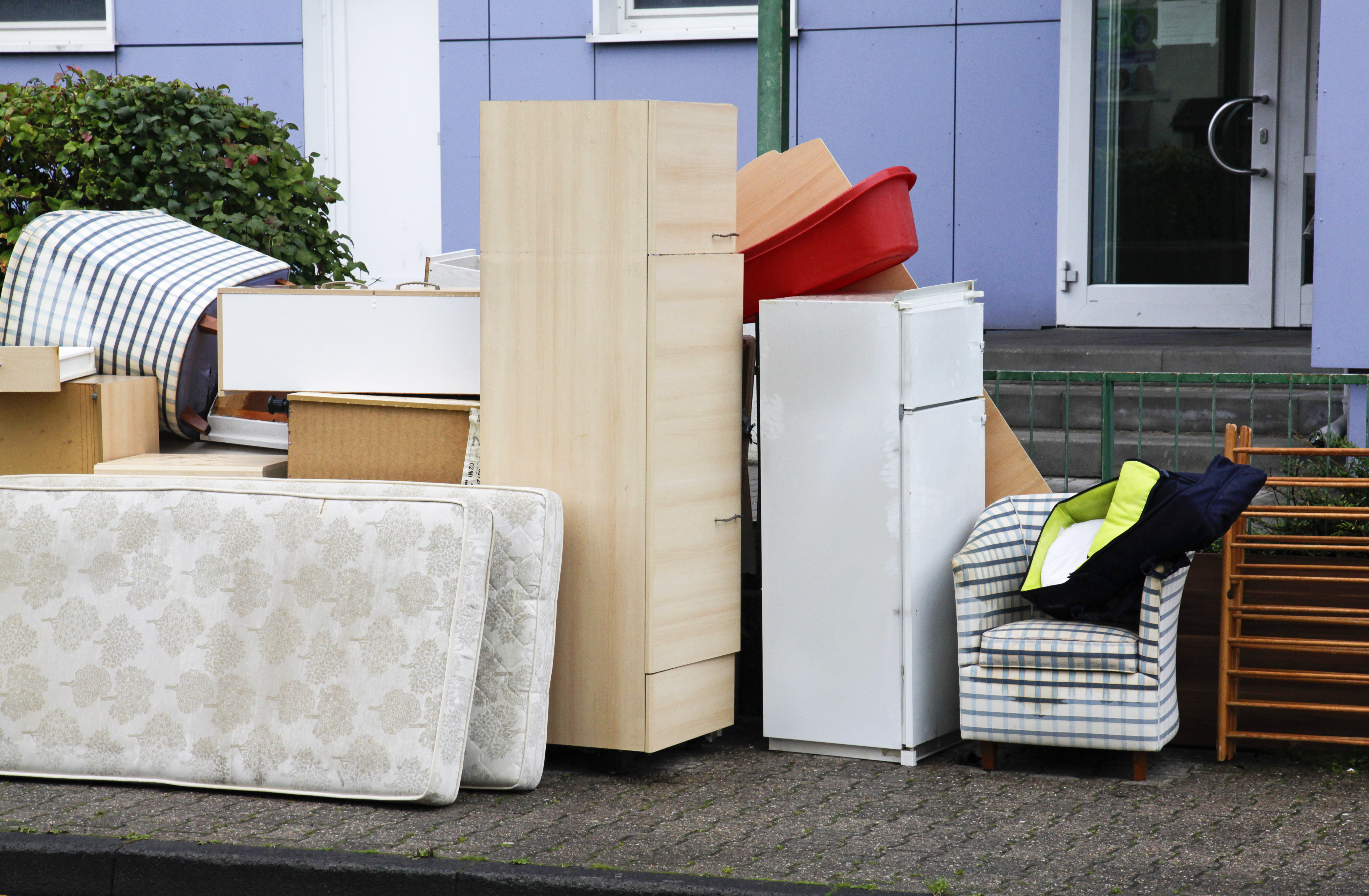
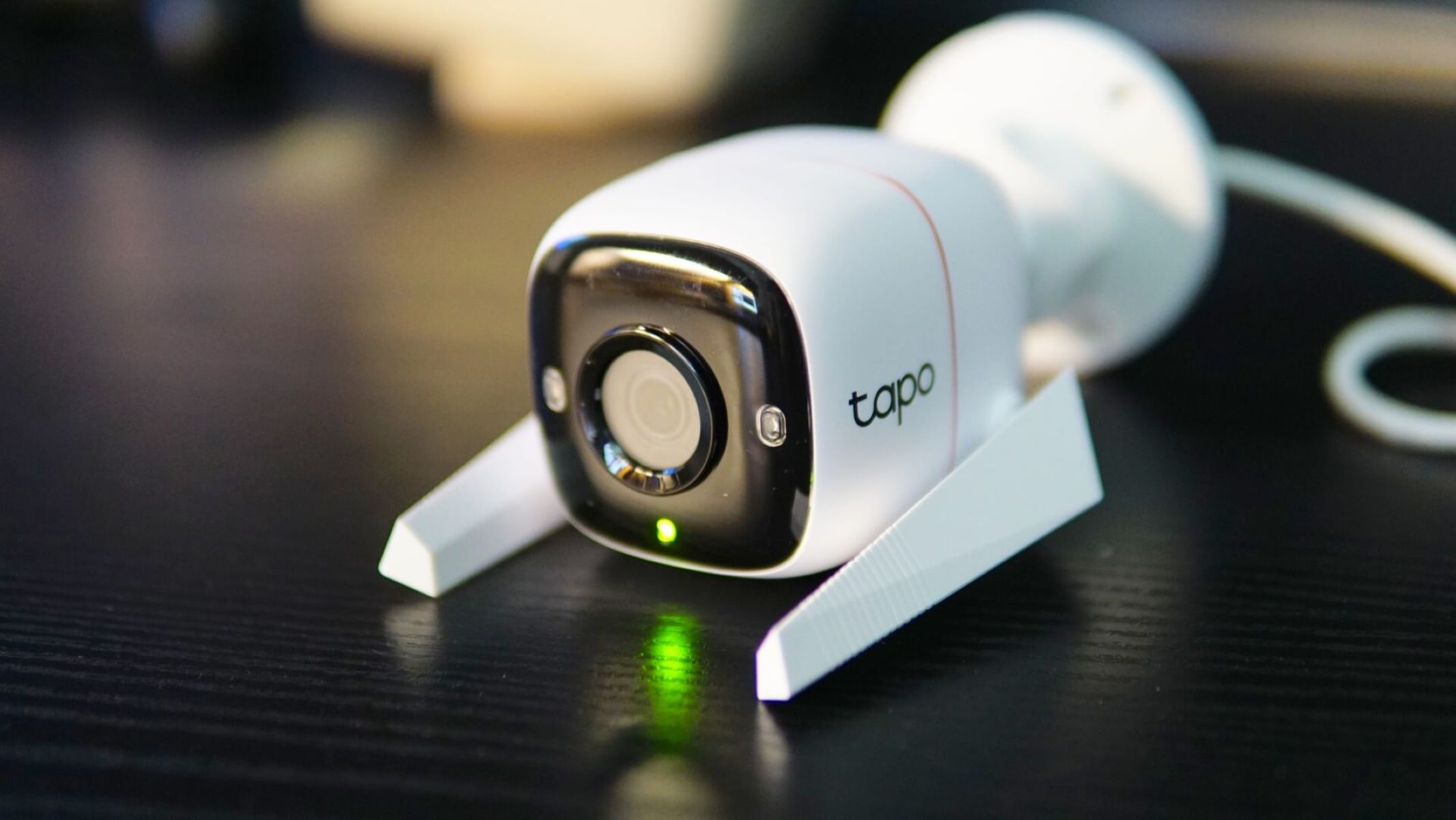
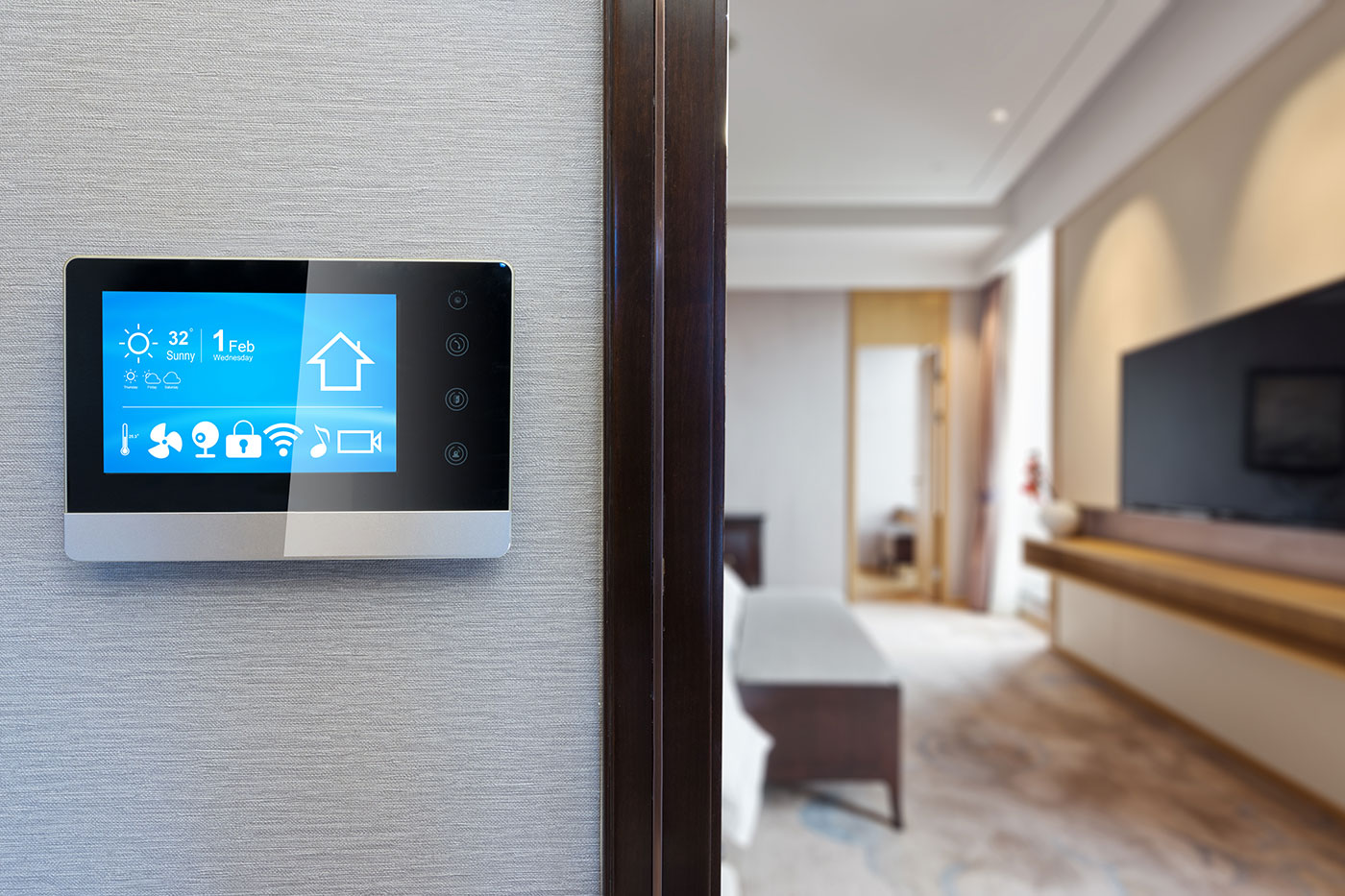
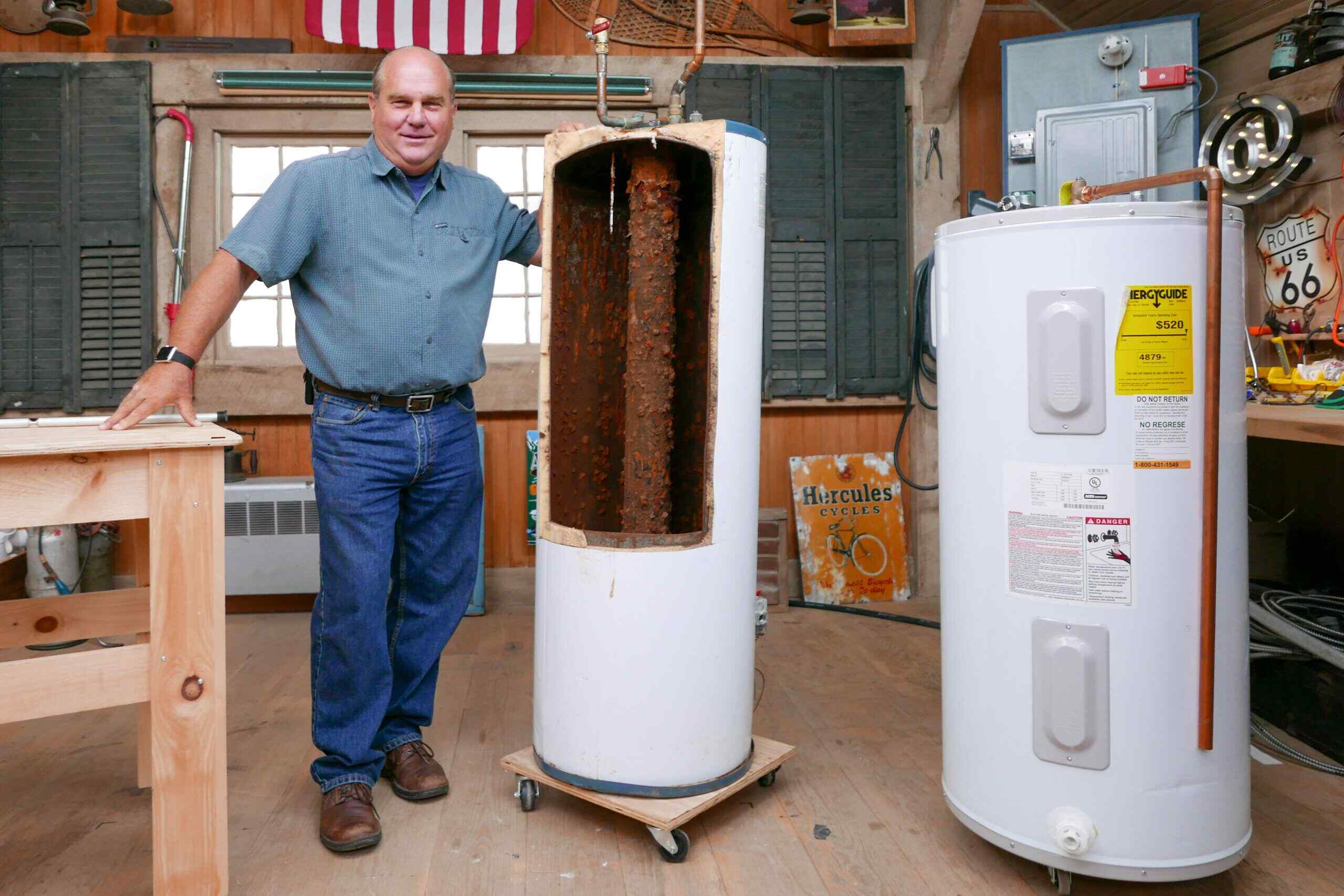
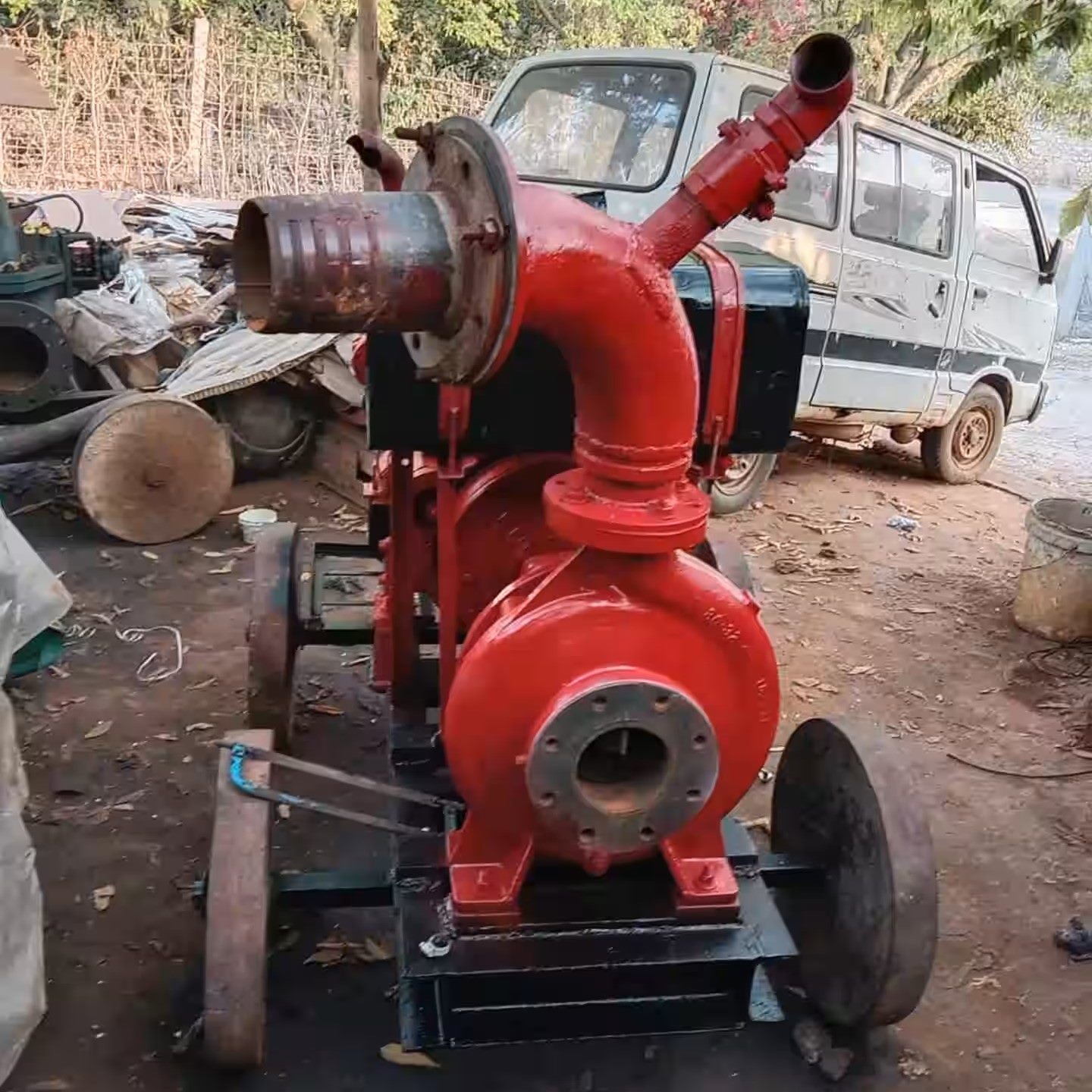
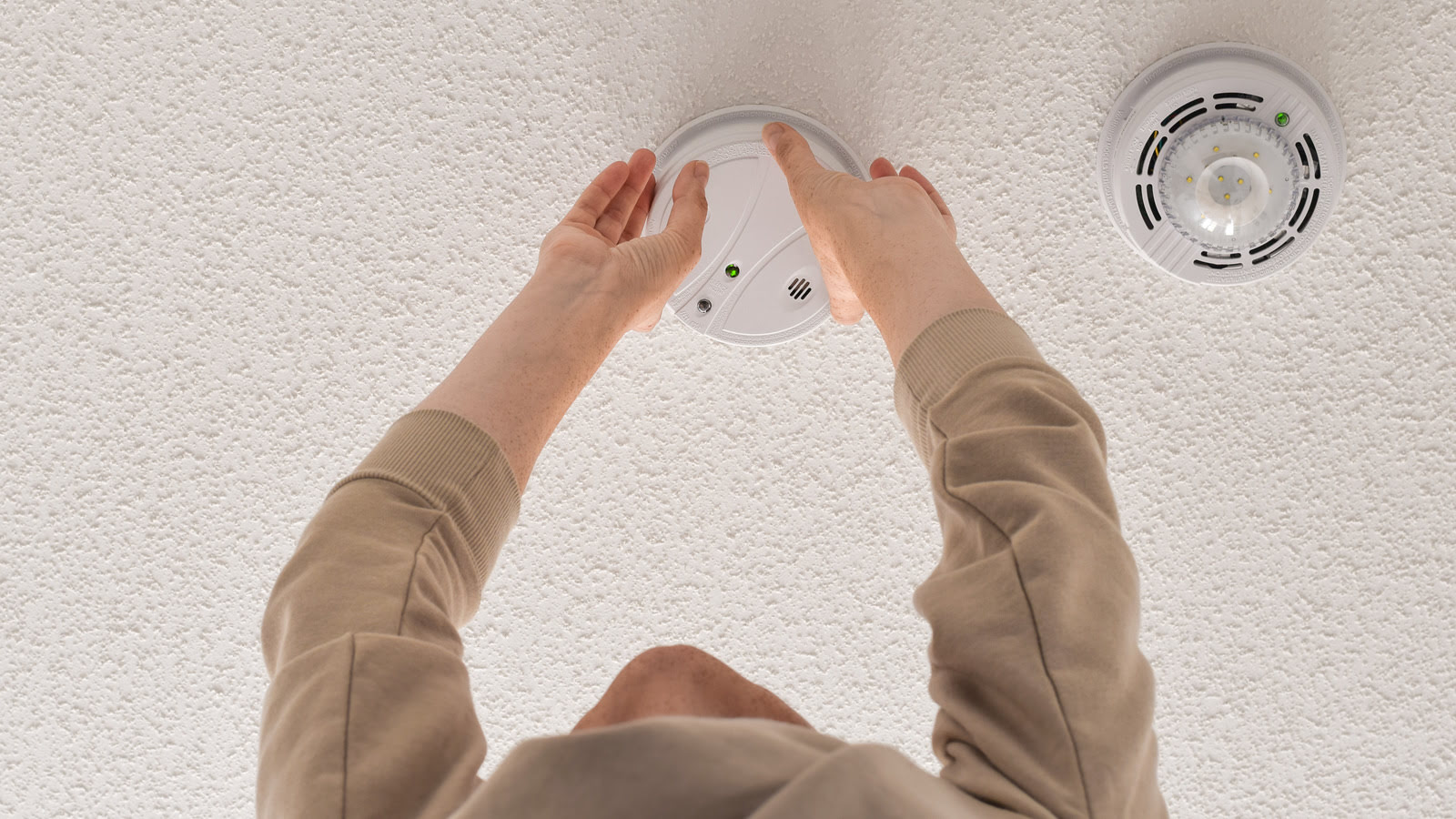
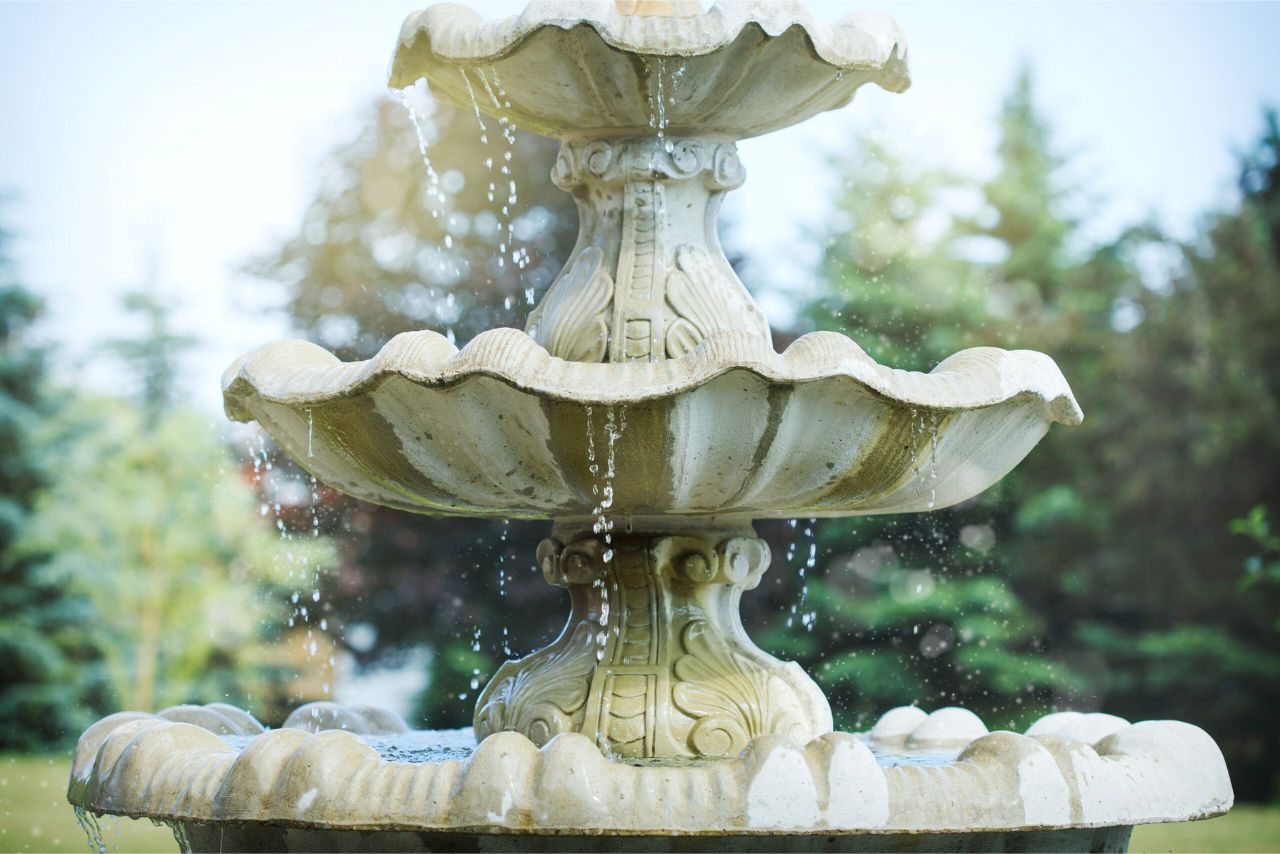
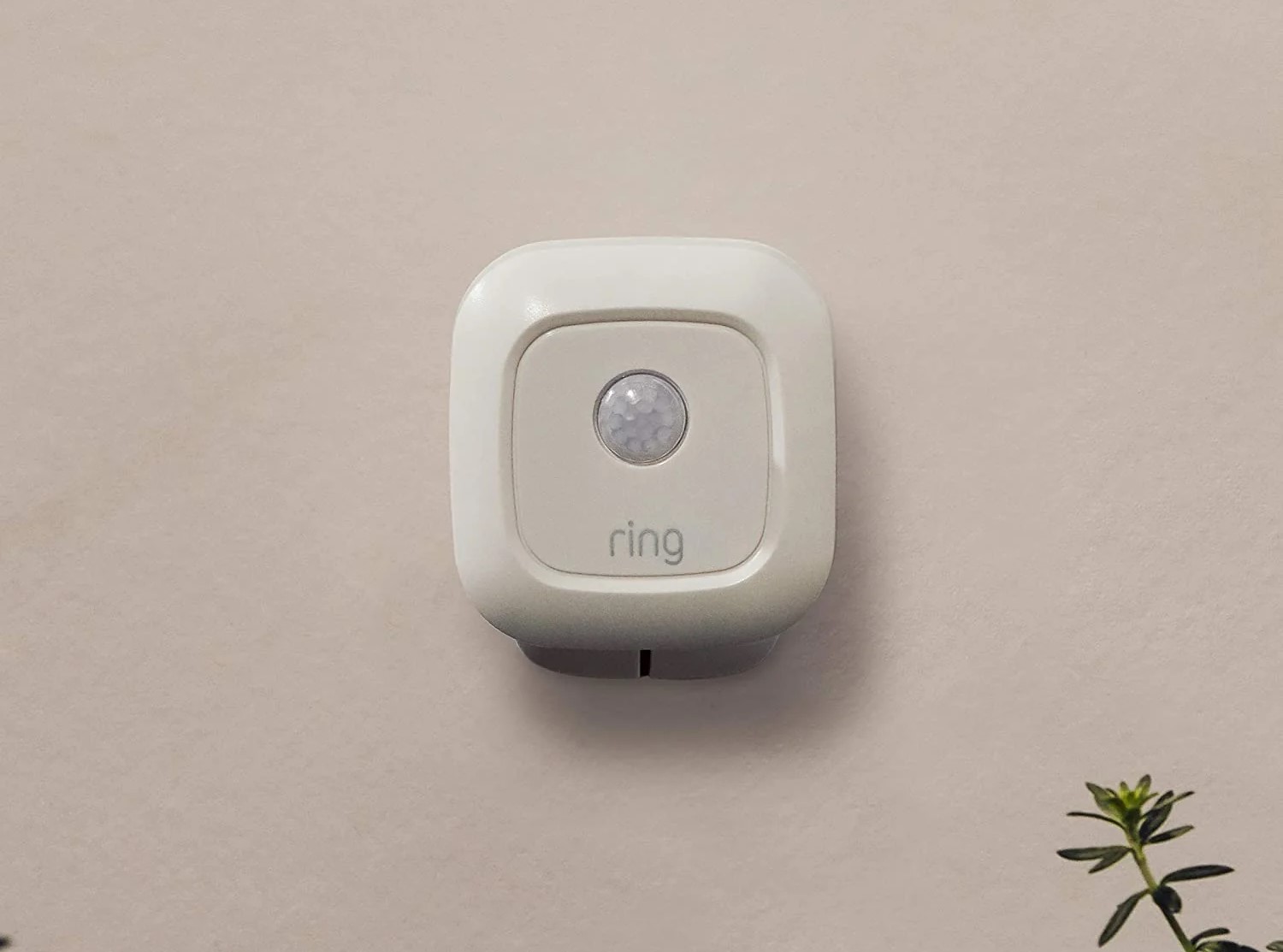
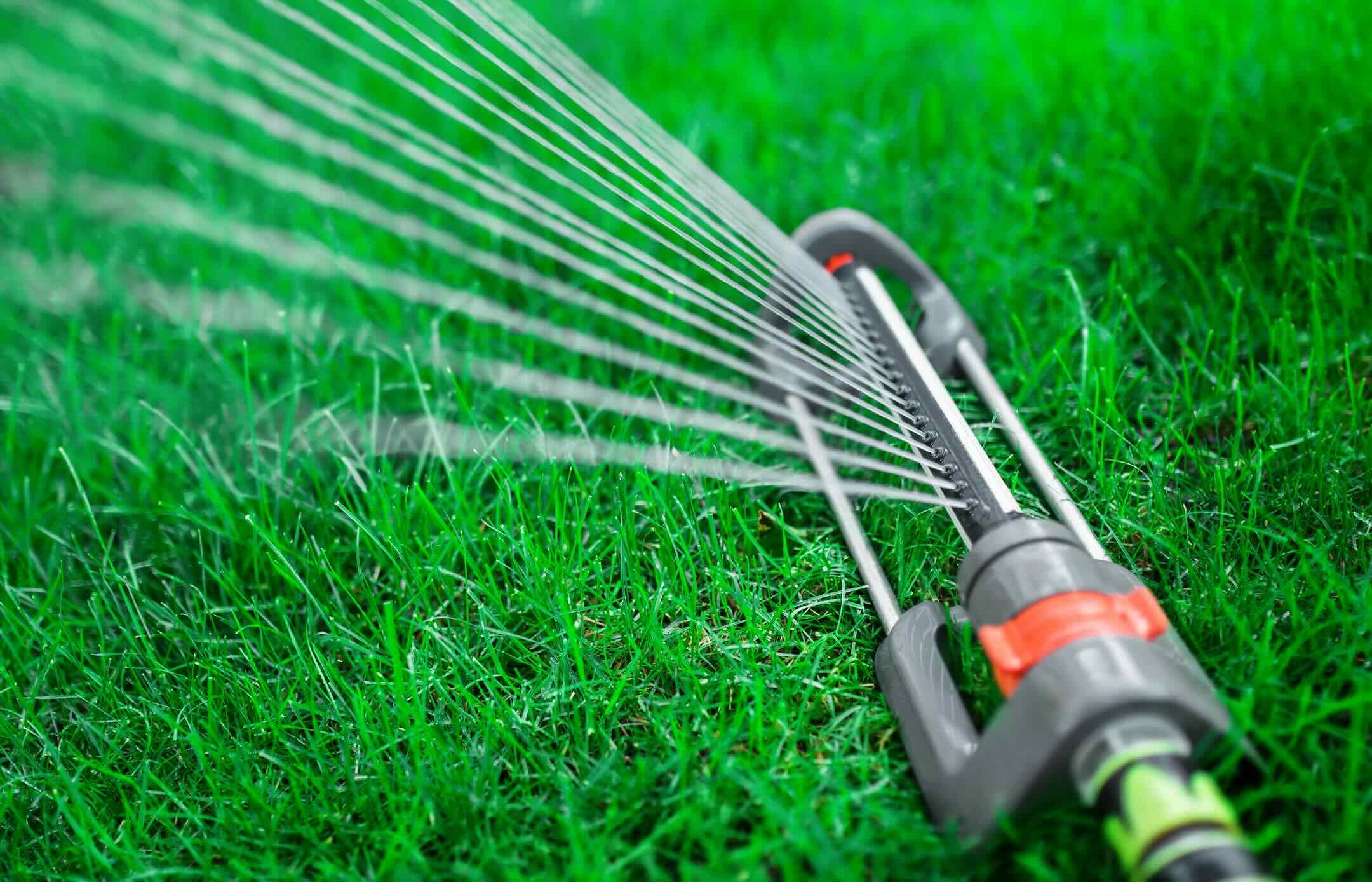
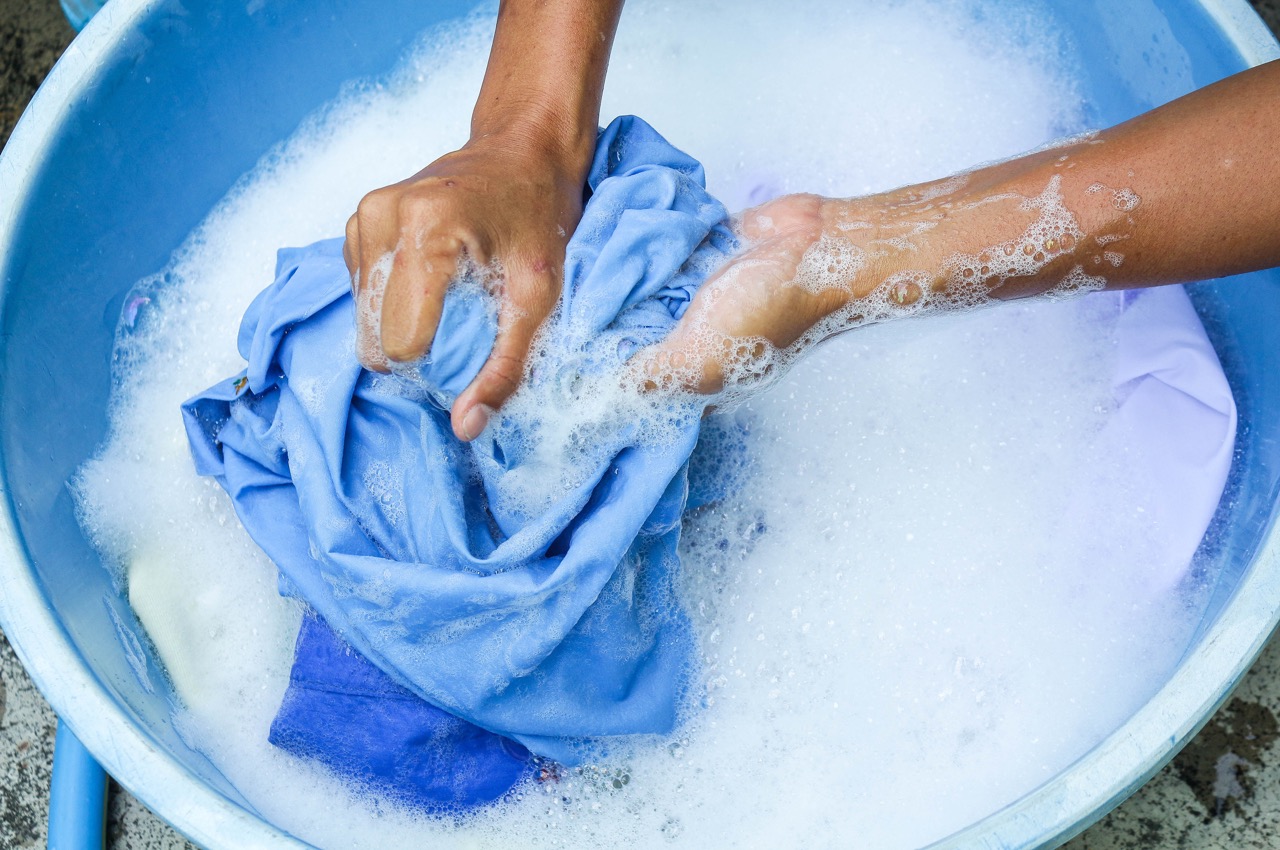
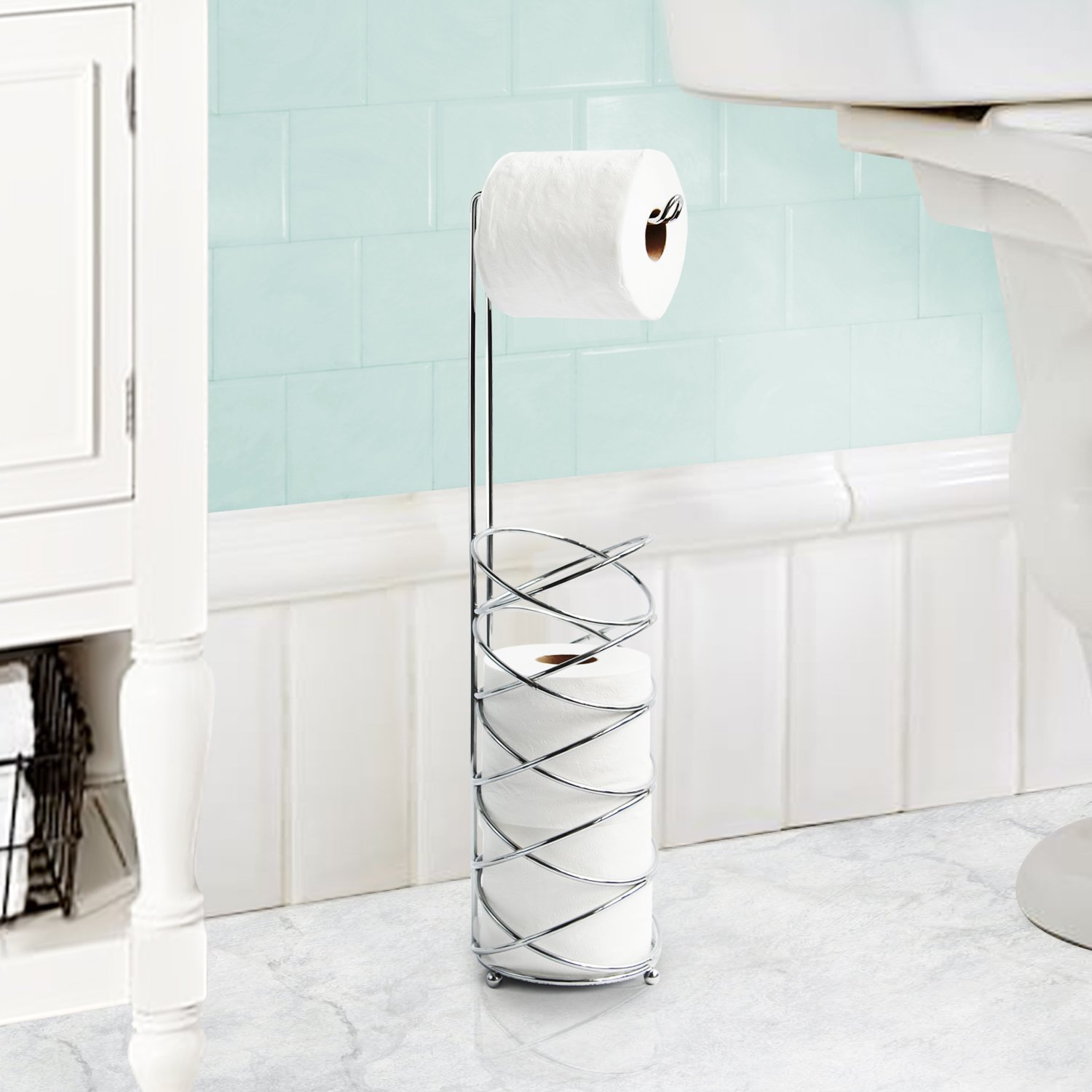
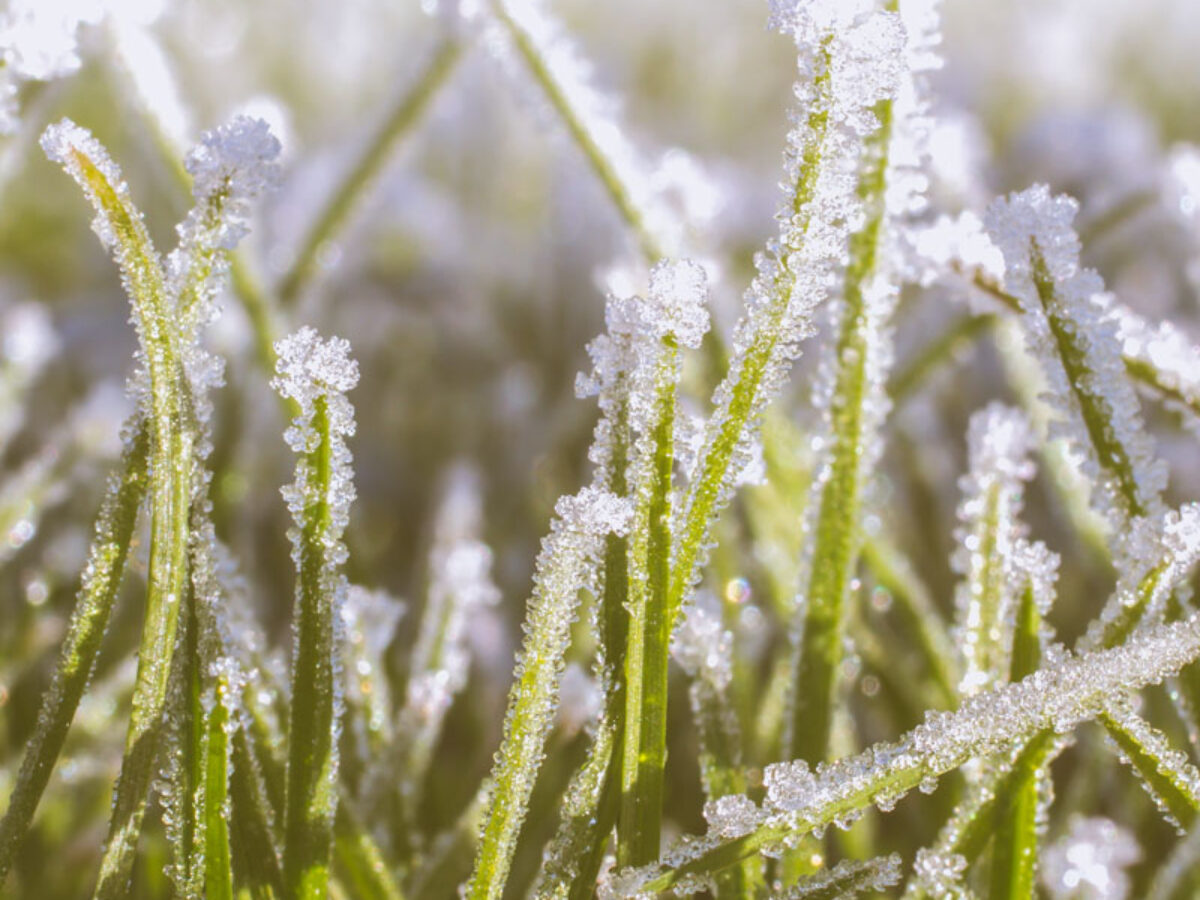

0 thoughts on “Where Should I Dump Dirty Mop Water”